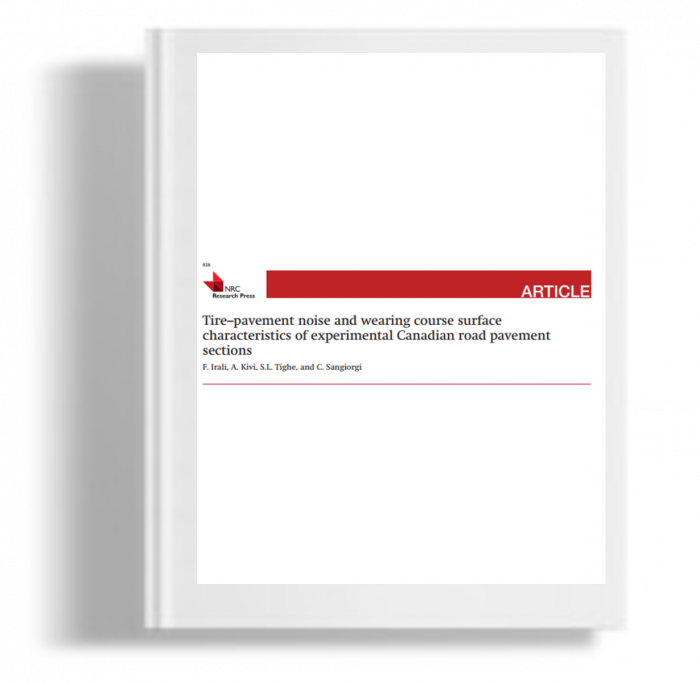Kami menggunakan cookies untuk membuat pengalaman Anda lebih baik. Untuk mematuhi petunjuk e-Pribadi yang baru, kami perlu meminta persetujuan Anda untuk menyetel cookies. Pelajari lebih lanjut .
Tire Pavement noise and wearing course surface characteristic of experimental canadian road pavement sections
An evaluation of the acoustic and surface characteristics of different Canadian pavement types was carried out in 2013 at the test track of the Centre for Pavement and Transportation Technology at the University of Waterloo. Noise testing was performed to determine the coefficient of noise absorption on cored samples and noise emissions in the field using the close proximity and the onboard sound intensity methods. Wearing course characteristics were evaluated with field testing, including visual condition surveys, evaluation of frictional properties with the British Pendulum tester, mean texture depth measurements, and surface profile and roughness evaluation with a walking profiler. As of the time of testing, the noise testing results indicate comparable acoustic properties in both flexible and rigid pavement sections, despite differences in the initial pavement materials, mixes, and surface finishing. With increasing pavement age, the amount of noise emissions increases as the pavement surface is worn down.
An evaluation of the acoustic and surface characteristics of different Canadian pavement types was carried out in 2013 at the test track of the Centre for Pavement and Transportation Technology at the University of Waterloo. Noise testing was performed to determine the coefficient of noise absorption on cored samples and noise emissions in the field using the close proximity and the onboard sound intensity methods. Wearing course characteristics were evaluated with field testing, including visual condition surveys, evaluation of frictional properties with the British Pendulum tester, mean texture depth measurements, and surface profile and roughness evaluation with a walking profiler. As of the time of testing, the noise testing results indicate comparable acoustic properties in both flexible and rigid pavement sections, despite differences in the initial pavement materials, mixes, and surface finishing. With increasing pavement age, the amount of noise emissions increases as the pavement surface is worn down. Comparable friction values are also observed in all pavement sections, in line with the noise testing results. However, this is largely based on the initial construction values. Surface distresses are also not uniformly distributed: they are more severe in the oldest sections and more frequent in the loaded lane, which carries the heaviest traffic loads.

